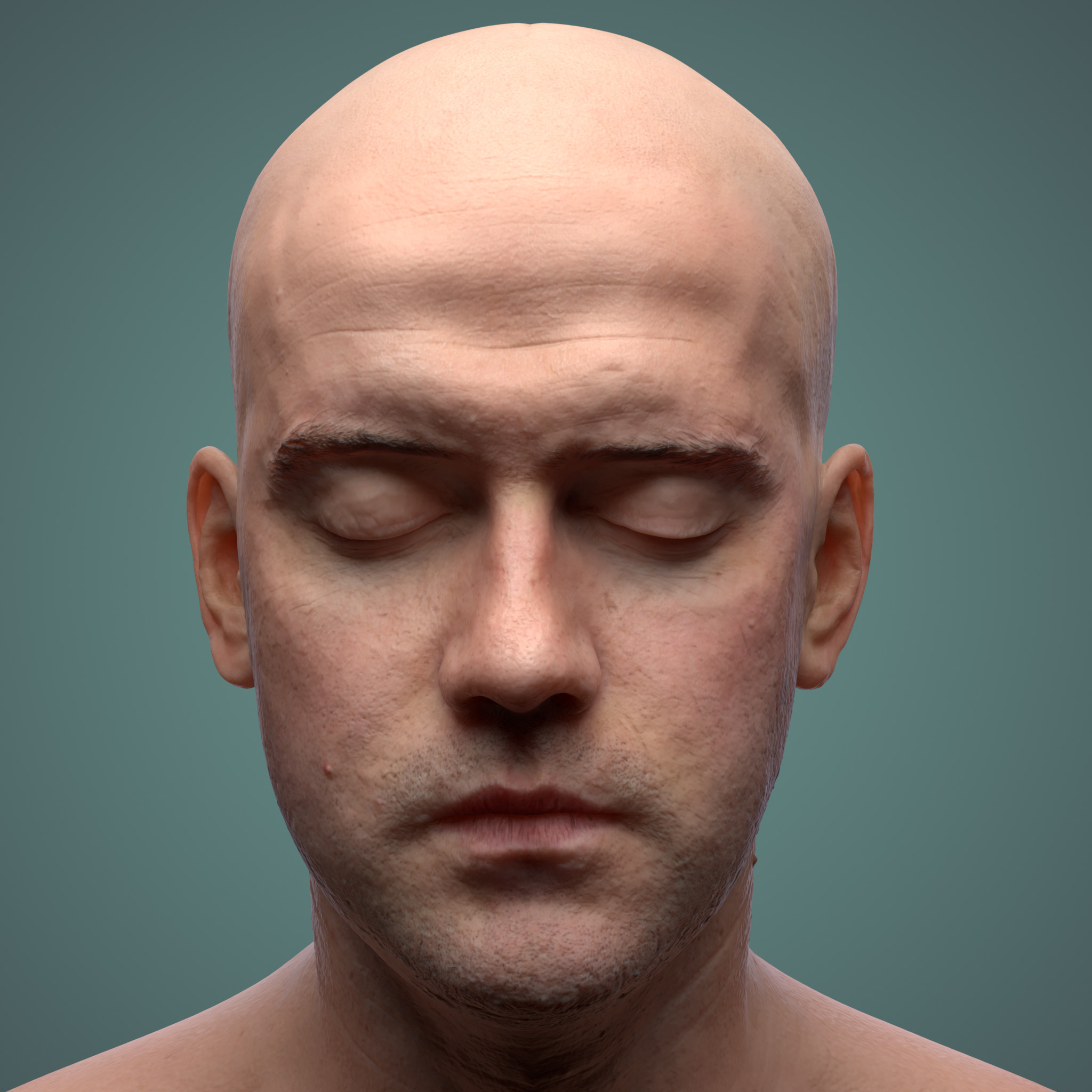

Open Hypershade or your material attributes and create a 'PxrTexture' node, in the attributes change the atlas style to UDIM, load your textures and connect it to the diffuse and specular channels of the PxrMarschnerHair shader, Select all your images, then select a target directory and press OK. Use the Renderman Texture Manager to convert your textures to. Select the hair and assign the PxrMarschnerHair shader, Ornatrix will export the hair UVs and curve IDs by default, but a shader with the ability to use this data is needed.
RENDERMAN TEXTURES HOW TO
The following example show how to texture Ornatrix hair using the PxrMarschnerHair shader and UDIM tile textures. Simply select Renderman as the render engine for the scene and Ornatrix hair should appear in the resulting renders. Ornatrix is supported in all versions of Renderman 21 and newer. Renderman is a feature rich, well established renderer developed by Pixar Supported versions

A set of base parameters for that type of node.The type of node using the texture: pattern, light, lightfilter or imageplane.The texture manager uses a set of rules to choose optimal txmake parameters based on: Texture extensions: All texture file extensions so the texture manage knows which files can be marked as already converted. Show Advanced Options: Show more advanced options in the user interface. If, for any reason, it is impossible to save in that directory, the fallback texture path will be used.Īlways Fallback: Always save converted textures in the fallback texture directory. The default is 2 but it is often beneficial to add more processes to speed up the queue.įallback Texture Path: By default, the texture manager saves the texture next to the source image. Number of processes: How many txmake processes will be launched at the same time. Starting with 22.3, RfM will stop the conversion queue and add any remaining conversion task to the LocalQueue or Tractor job to ensure you always get the expected image. When you start a Batch or a Preview render, you need all your textures to be converted first.
RENDERMAN TEXTURES UPDATE
Once done, it will send an update to the renderer and your texture will appear. During interactive renders, the texture manager will add new textures to the queue and return a temporary texture until the conversion is done.There is a disk usage and progress indicator at the bottom of the Texture Manager window.Įach file in the list also has a status icon. When you restart, it pick up where it left. When the queue is stopped, the running txmake processes are immediately killed but existing textures are intact. The conversion queue can be stopped and restarted by clicking on the icon on the right of the progress bar. Stop / Start the conversion queueīy default, the conversion queue is always running, but sometimes you may want to stop the conversion process. Pick Image and Pick Directory allow you to pre-convert images without having to know how to use txmake. Just press Parse Scene whenever you want new textures to be converted. The conversion settings will be based on a set of rules defined in a json file (see below). When you open a new scene, the Texture Manager will find all images used as textures and add them to a queue to convert them.

It handles single images as well as texture atlases (UDIM, Mudbox, ZBrush). The Texture Manager has one simple role: convert images to RenderMan's texture format, using txmake.


 0 kommentar(er)
0 kommentar(er)
